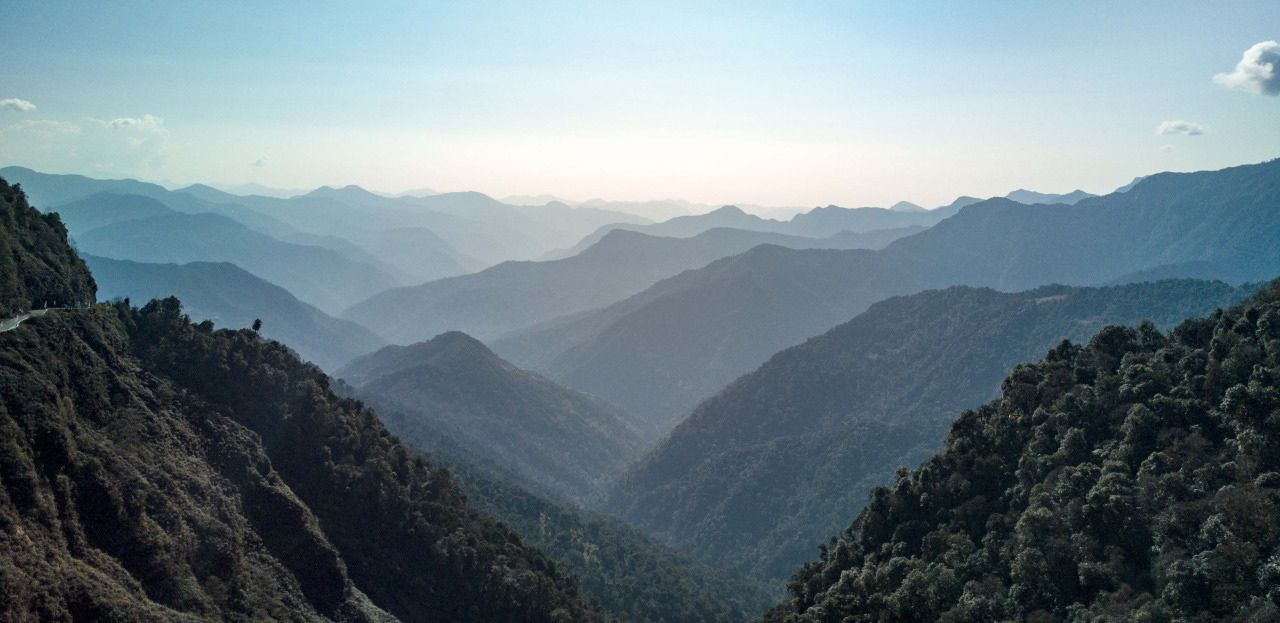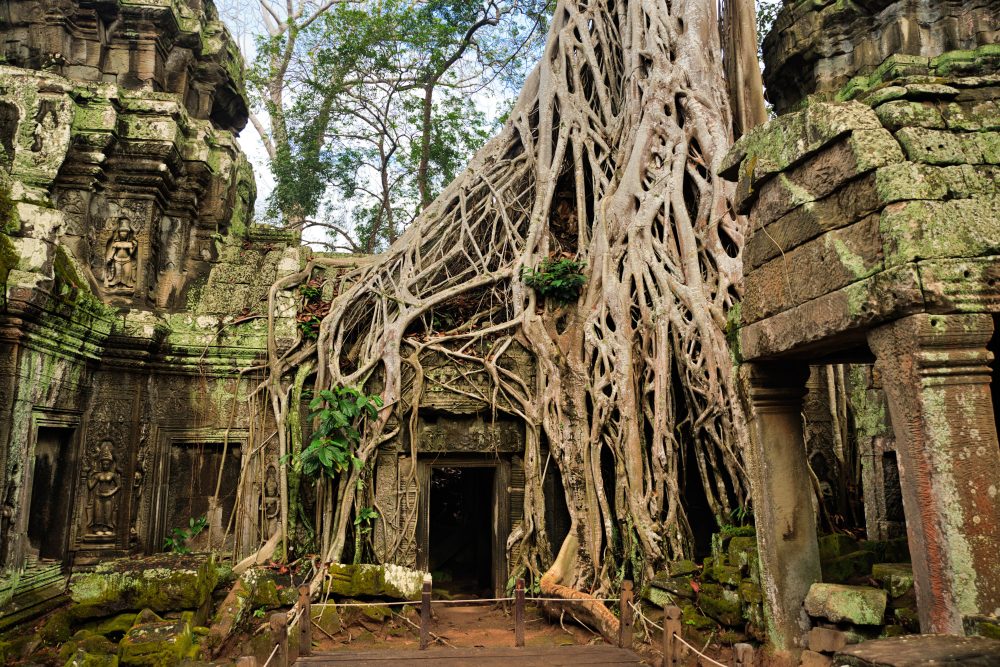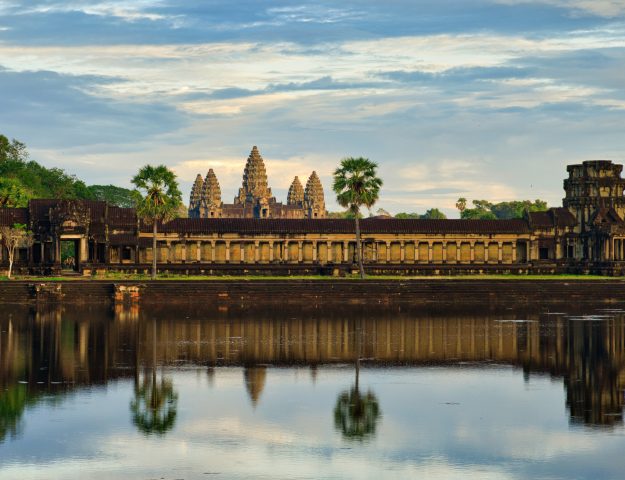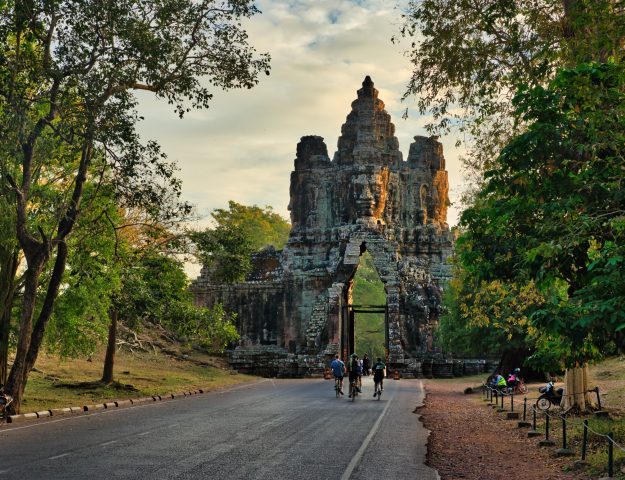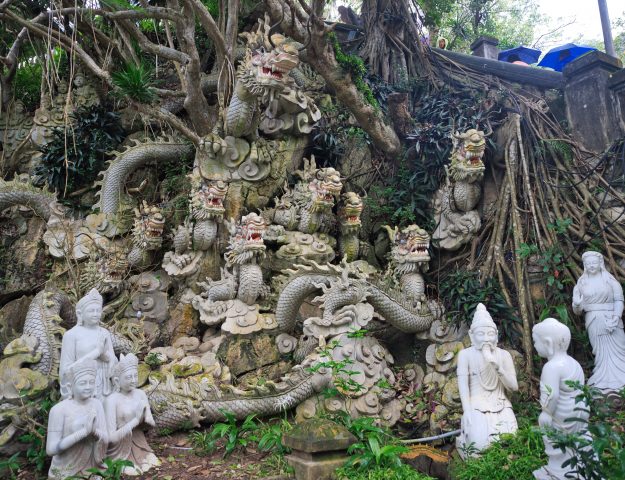Today was supposed to be our Angkor main attraction day…
With no clear sky forecast and therefore no real sunrise visible, we decided to skip the “get up at five AM, get your sunrise picture of Angkor Wat” part.
Instead we made our way there around eight AM and one again cannot really describe the feeling standing in front of the ruins of the main temple at Angkor – Angkor Wat. Surrounded by a huge moat, with two main Gopuras as massive entrance gates, galleries, long terraces, many outlier buildings, Angkor Wat is a most impressive masterpiece of Khmer culture.
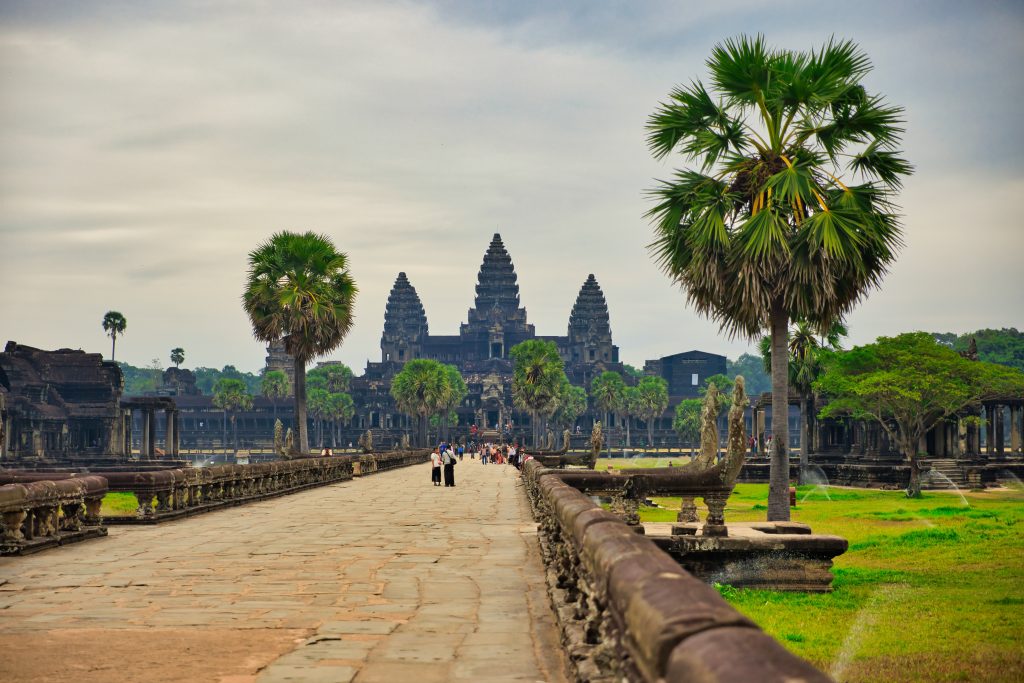
Only rediscovered in 1860 by the Frenchman and naturalist Henri Mouhot and 1864 by the German ethnologist Adolf Bastian. At the time, the monumental buildings of Angkor didn’t give up their secret easily: “The overgrowing jungle was so dense in this once civilized place, that we had to clear almost every step forward with a machete”, reported Adolf Bastian in 1865, shortly after his return to Europe. There is quite a tragic story behind their expeditions.
While Henri was the first European to sort of ‘rediscover’ Angkor Wat, he died one year later of tropical feaver. His servant brought Henri’s meticulous notes and sketches back to Europe, where they were presented to the Royal Geographical Society in London in 1864. His vivid descriptions and his sketches sparked the interest of the European researchers community.
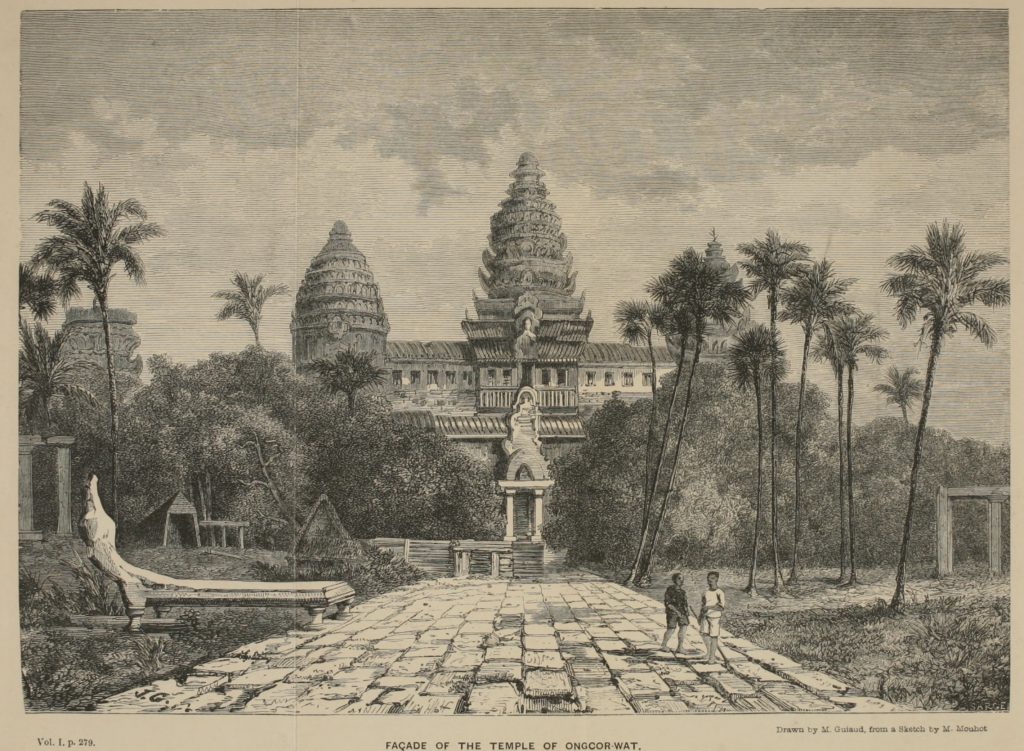
When Adolf Bastian came back from Cambodia and presented his findings a year later in 1865, Angkor Wat was already on everyone’s lips. When Bastian presented his work, outlayed in a multi-volume edition and tiresomely detailed, but uninspired and untalented, especially without a single one of his drawings – this work hardly made an impression. It was mostly the french research community that later cleared, excavated and rebuilt the temples. After all – Cambodia was a french colony.
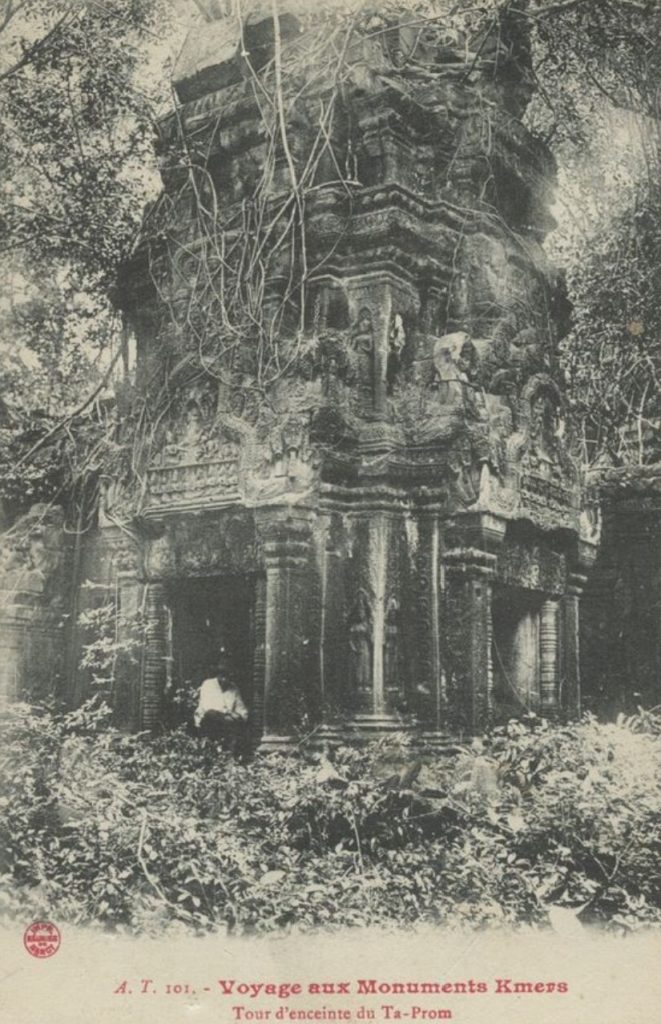
On an important note: Neither Mouhot nor Bastian ‘discovered’ Angkor Wat. The Khmer people who have lived in Cambodia to this day always knew about the existence of the old temples, the soul of the country, so to speak. Even long after the decline of their historical empire, Angkor Wat, like some other buildings, was consistently revered as a holy site. And in the 16th century, Portuguese missionaries and traders made numerous trips to Siem Reap, visiting the temples in the former capital of the Khmer Empire.
With so much history, we felt privileged to stroll around the gigantic premises for two hours with too many other tourists (for our liking, but still far less than pre-covid). The sky unfortunately was again an uniform overcast grey to Chris’ desperation. It did not diminish the grandeur and impression one gets from walking those sacred halls.
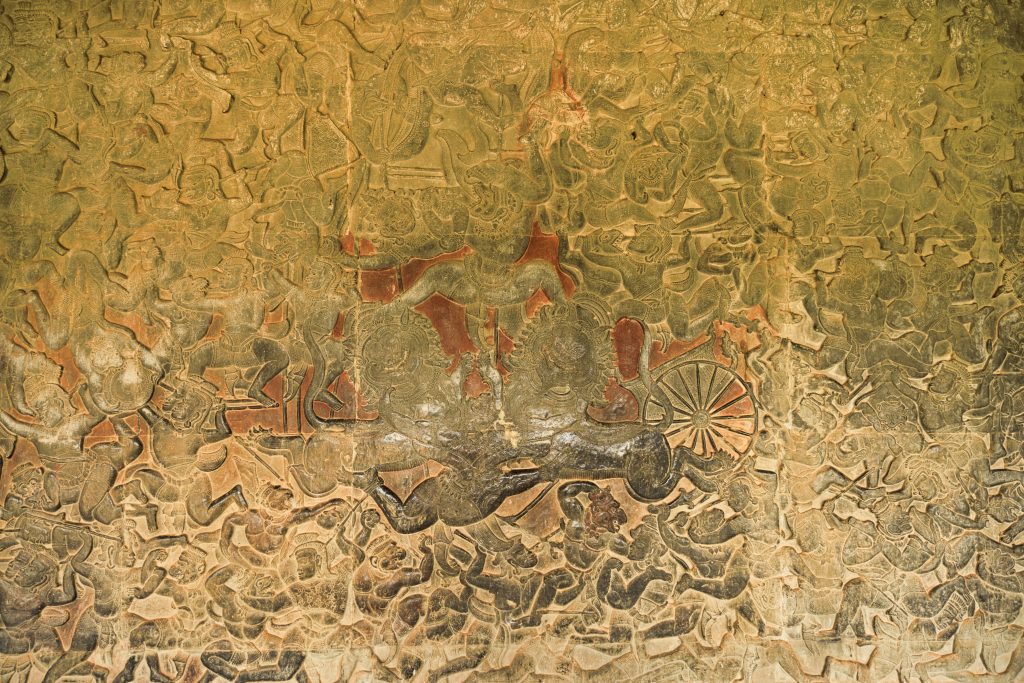
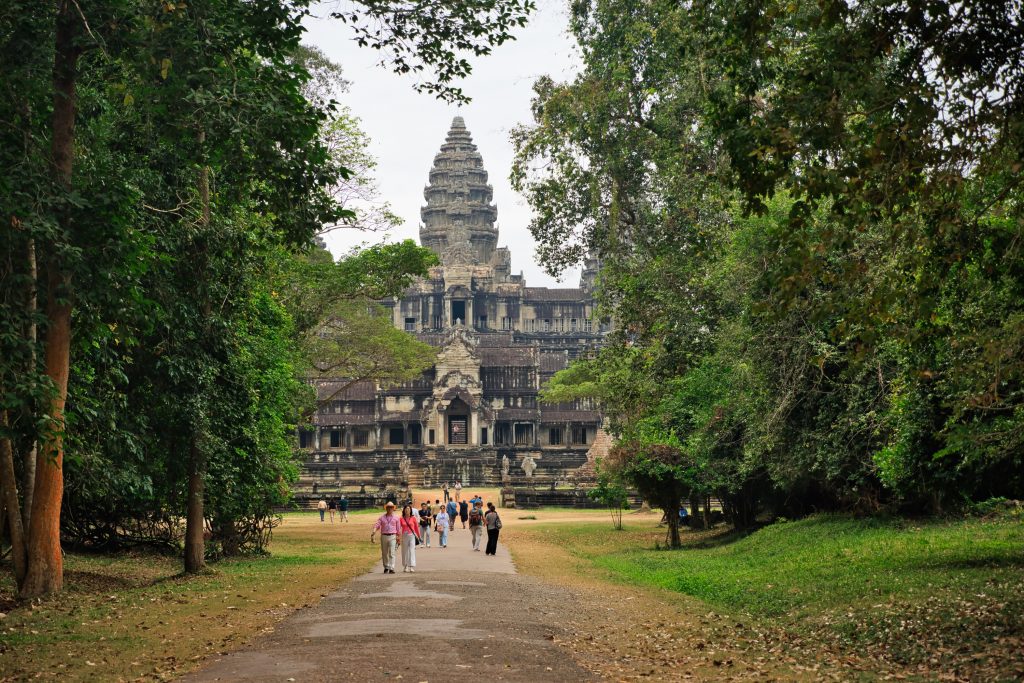
We made a mental note to come back the next day at a different time, outside the tour groups schedule.
After a nice lunch we visited several more outlier temples, too many to mention, just enjoy the grandiose pictures Chris took.

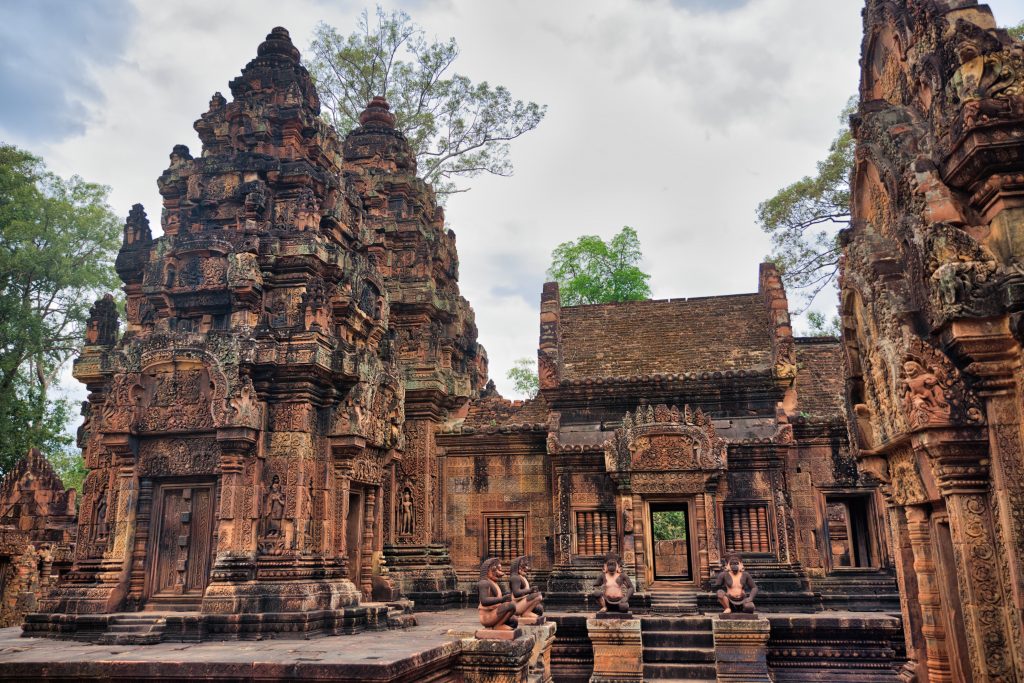
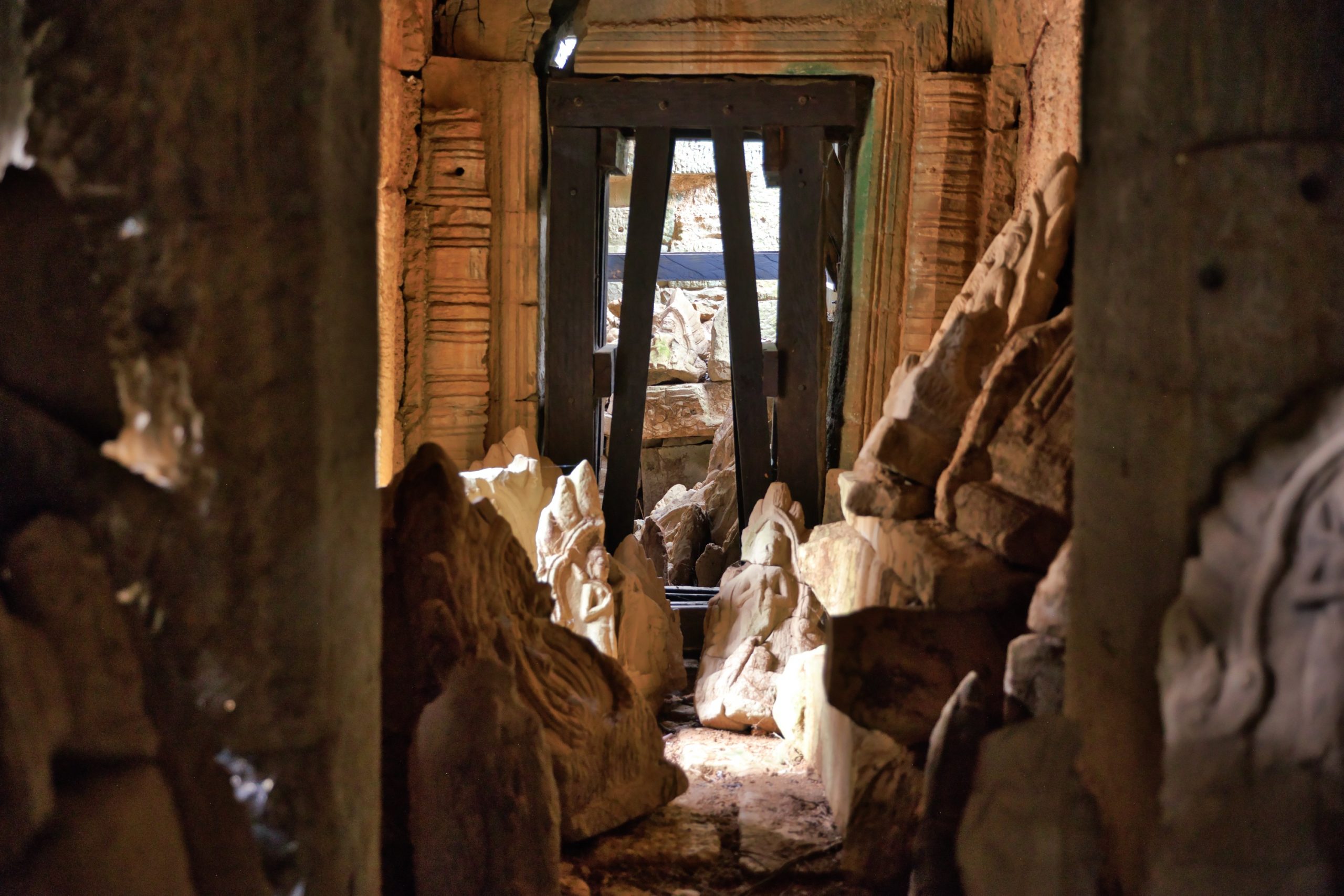
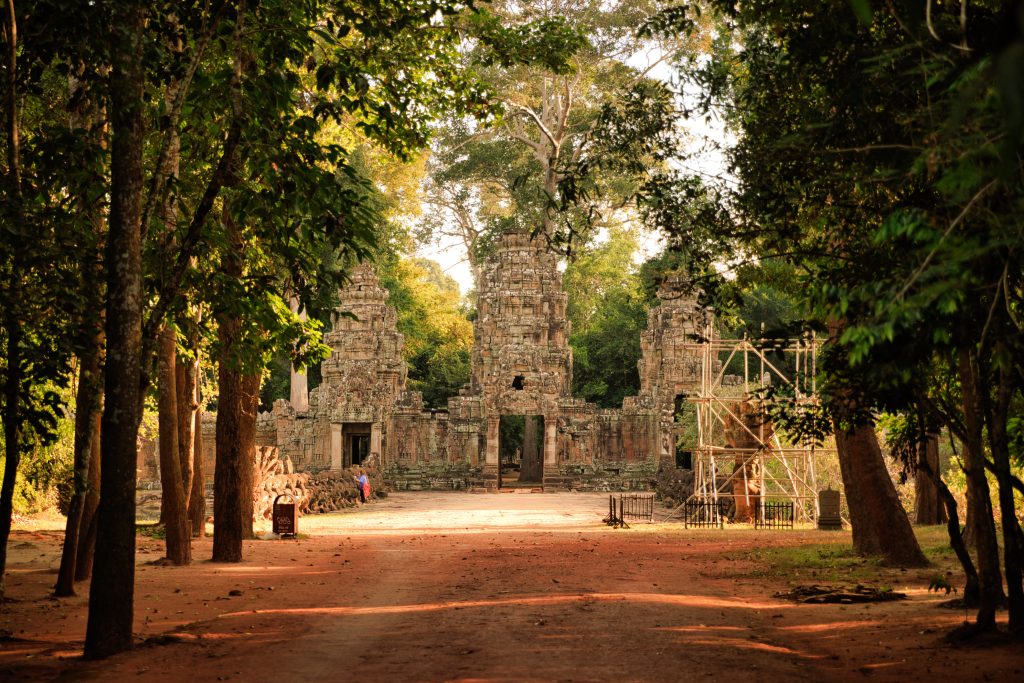

The temple that we found most memorable is Ta Prohm. It was left largely as it was discovered. Located in the middle of the jungle, huge trees have taken possession of the buildings, walls and courtyards.
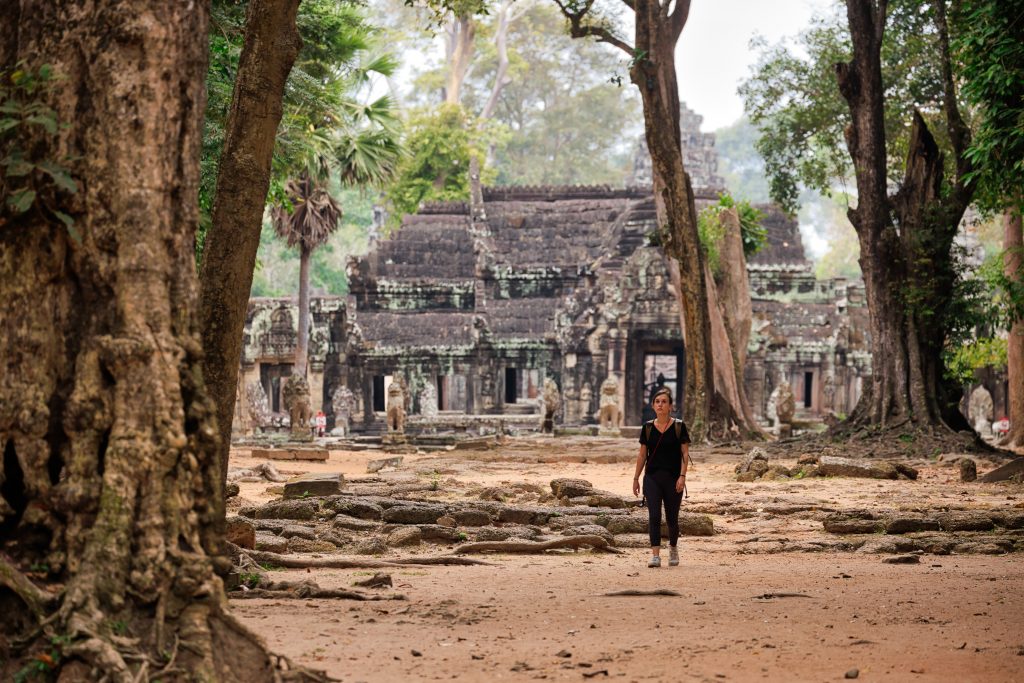
Very impressive indeed. Green moss and lichen gave the temple an eerie feeling. The temple is one of the big attractions as it was featured in the movie Tomb Raider with Angelina Jolie 20 years ago. It was the temple we liked most (beside a smaller one we saw the day before).
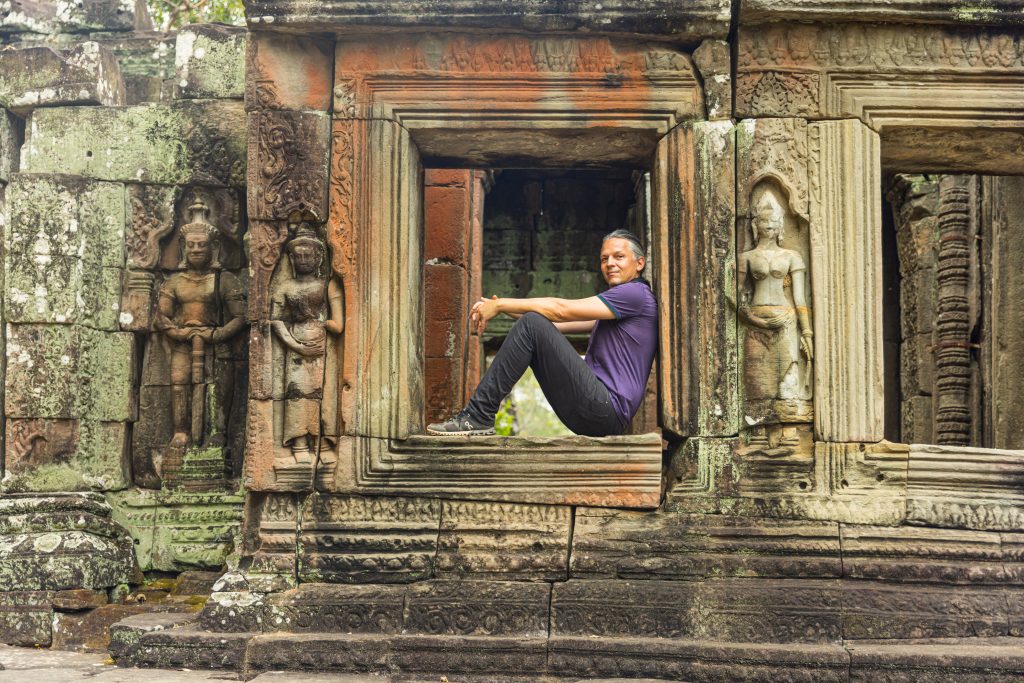
It is like Chris had imagined Angkor Wat, when he was a kid. Unfortunately nearly all others have been cleared of trees and are still impressive, but less romantic.
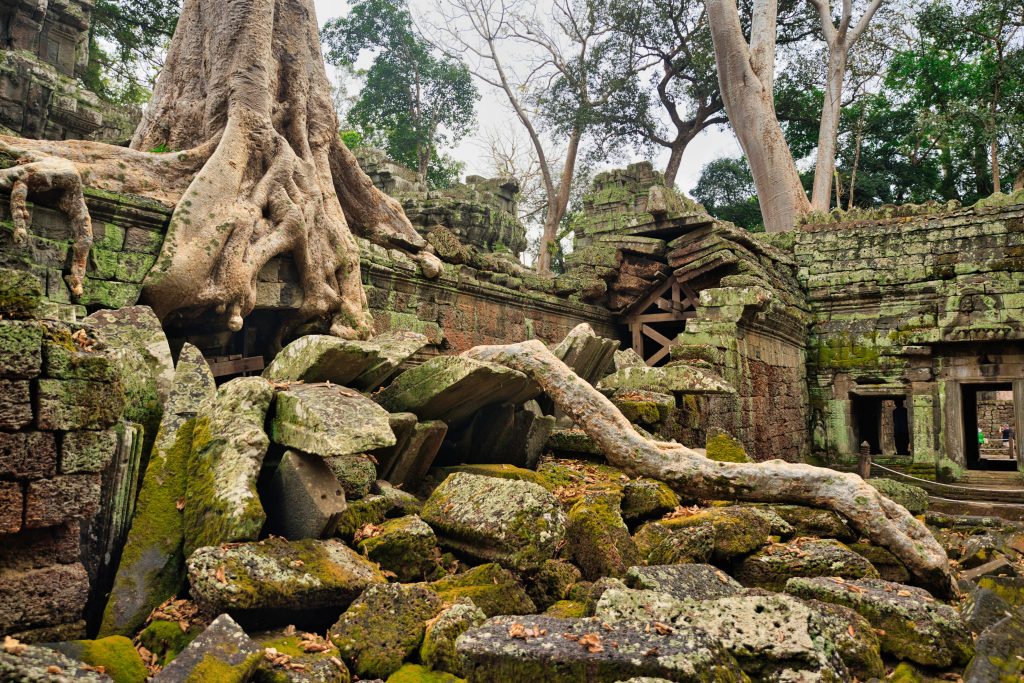
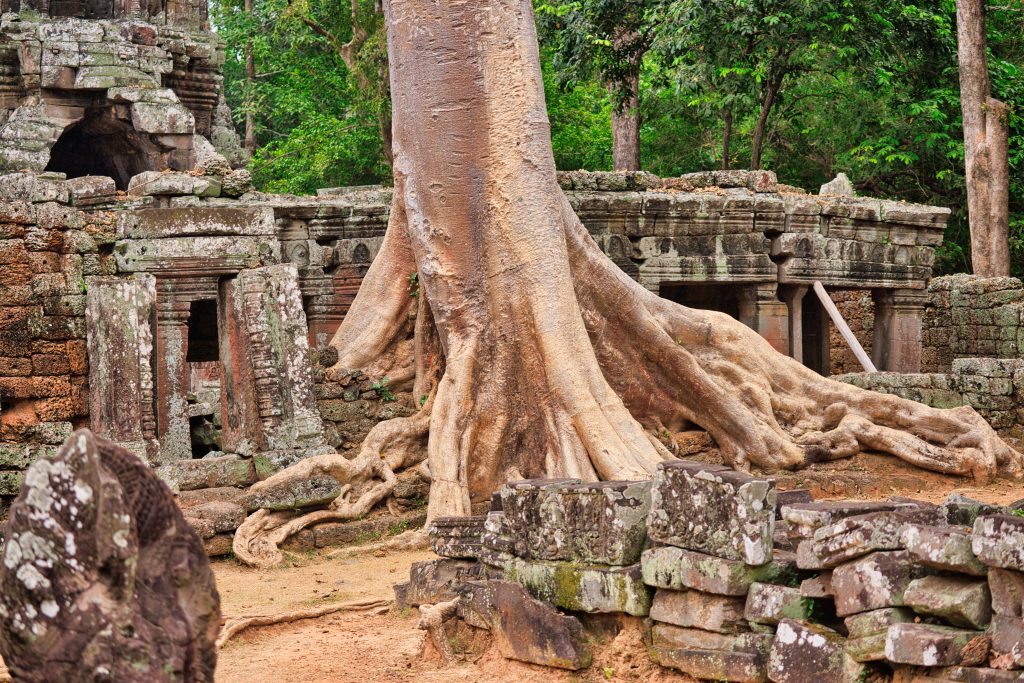


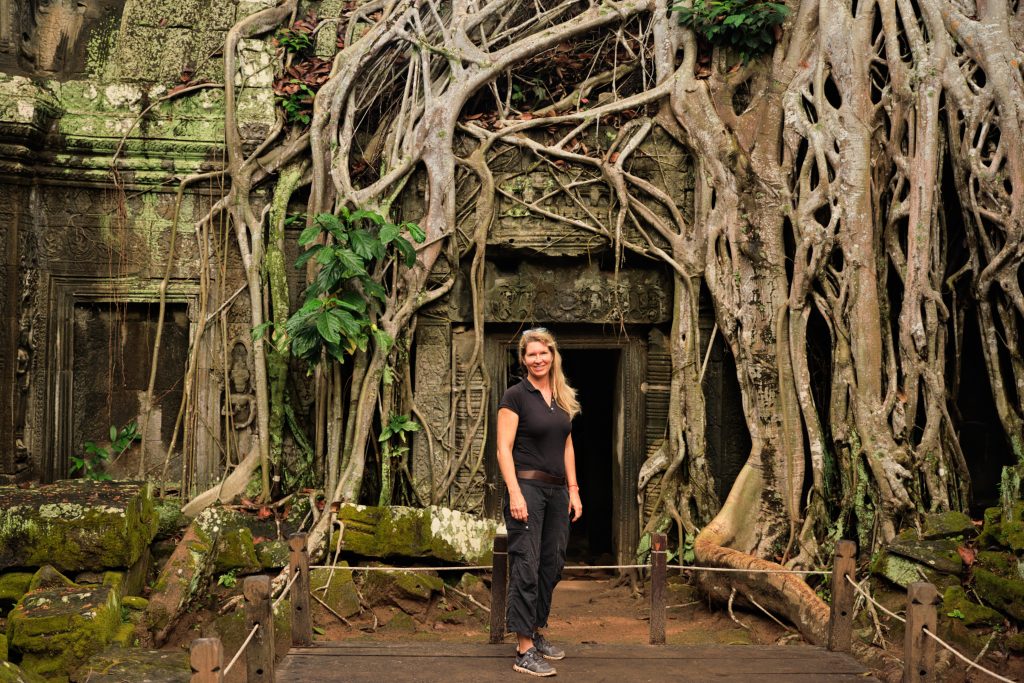
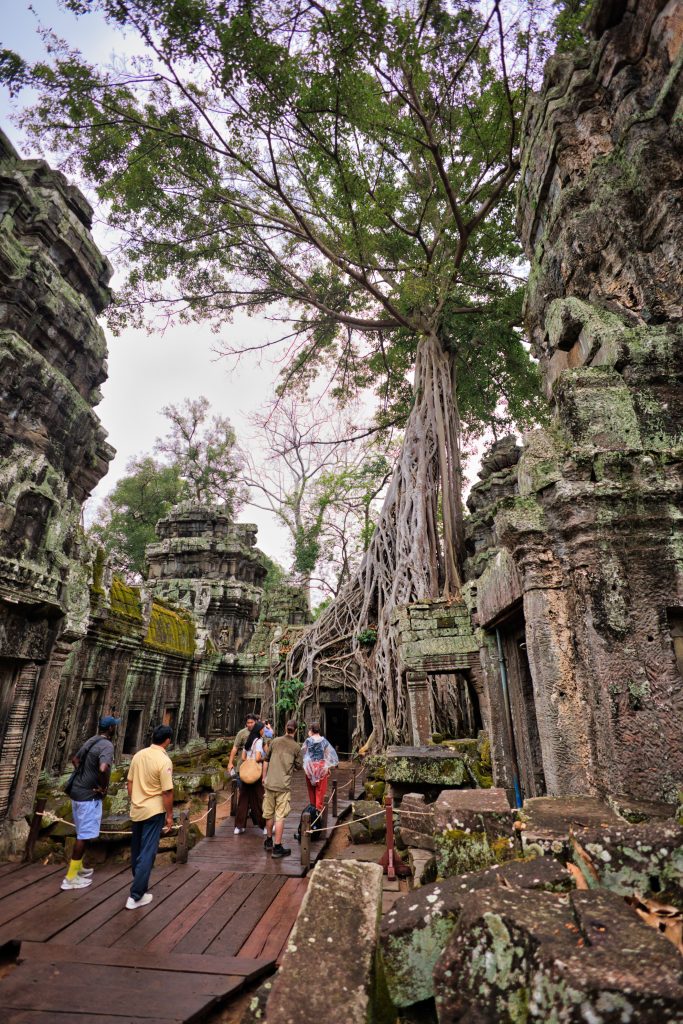
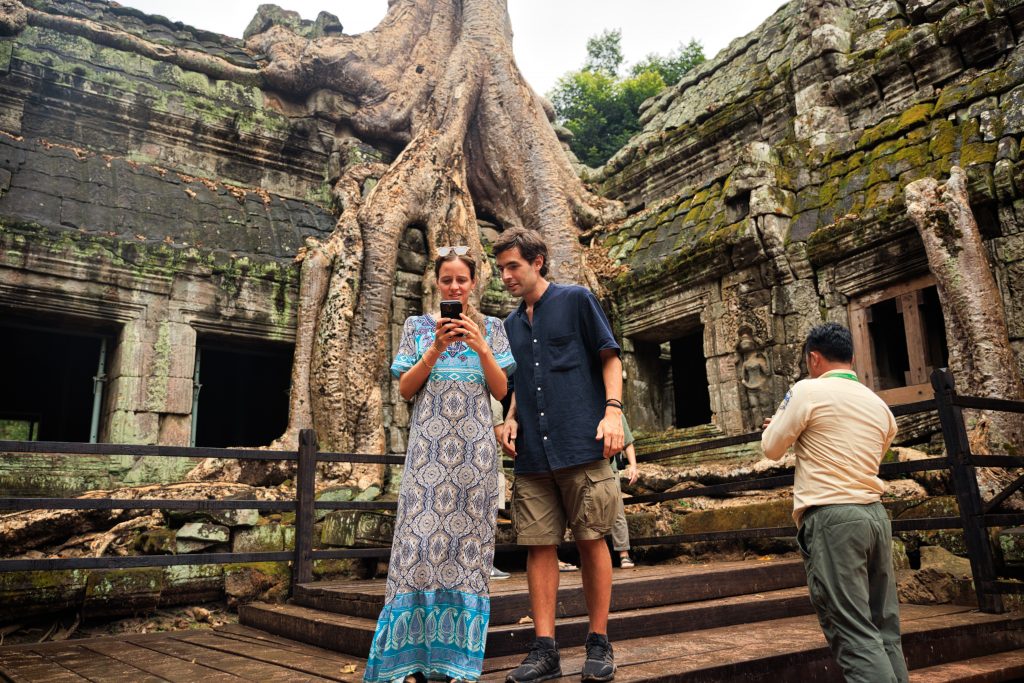
As our last visit for the day we chose the Royal enclosure also called Angkor Thom. This huge area is square with a moat, high surrounding walls and has four large entrance gates. Only three are accessible by car. Here lie the former show grounds called Elephant Terrace and leper King Terrace with many carvings along the walls. From up there the king liked to watch parades, games and other spectacles. Behind the terrace lie two smaller buildings, one the private residence of the king and his temple. Very steep to climb (we did not attempt) and an official one under construction.
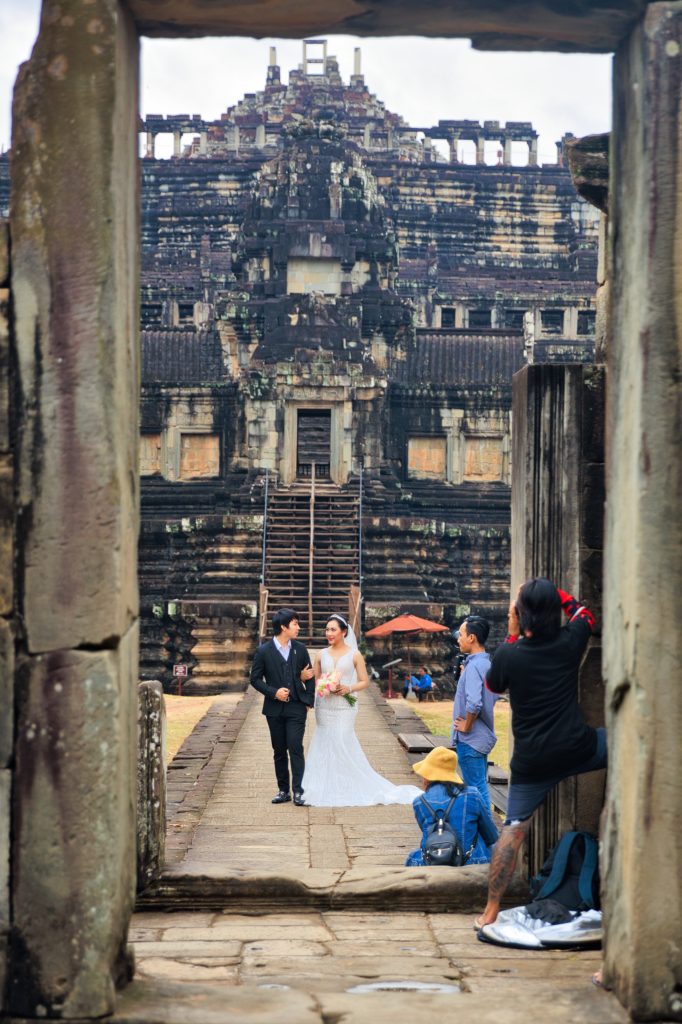
This temple serves very often as a backdrop for wedding pictures but one had to be careful of all the monkeys trying to steal food and other items from you. We leisurely wandered around the huge grounds until we came face to face with a very unusual temple, called Bayon.
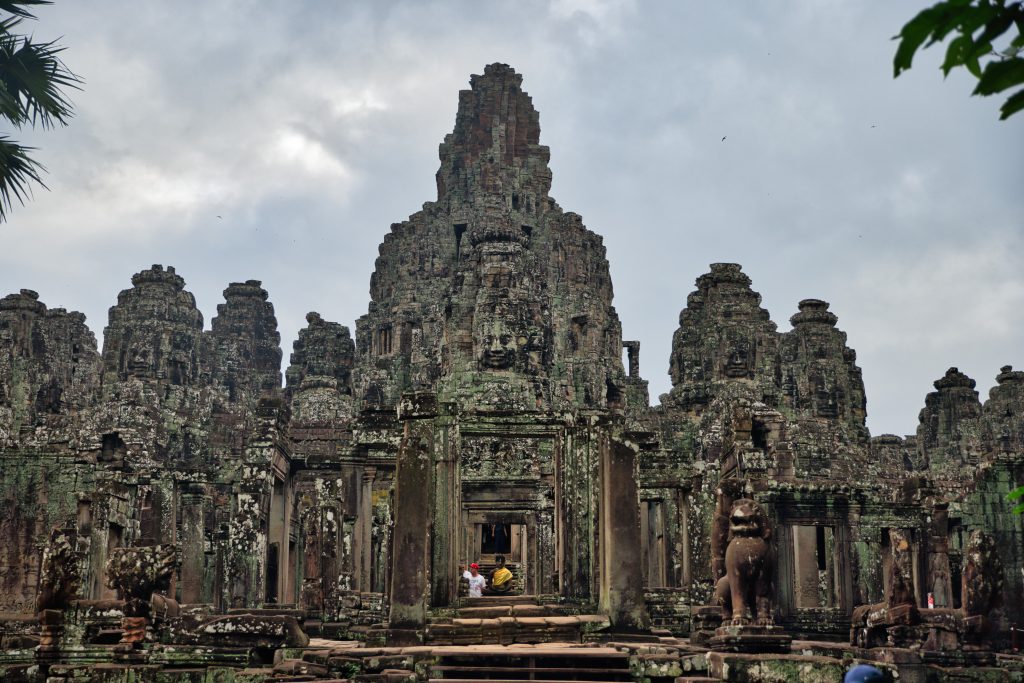
Bayon was the heart piece of the Angkor Thom and served as main temple and to conduct royal business. It is a massive mound of stones heaped upon each other (since the Khmer didn’t know mortar at the time, each and every stone had to be chiselet to fit). 74 Prasats were pointing their roof into the sky, a very large Prasat crowning the three level structure on top.
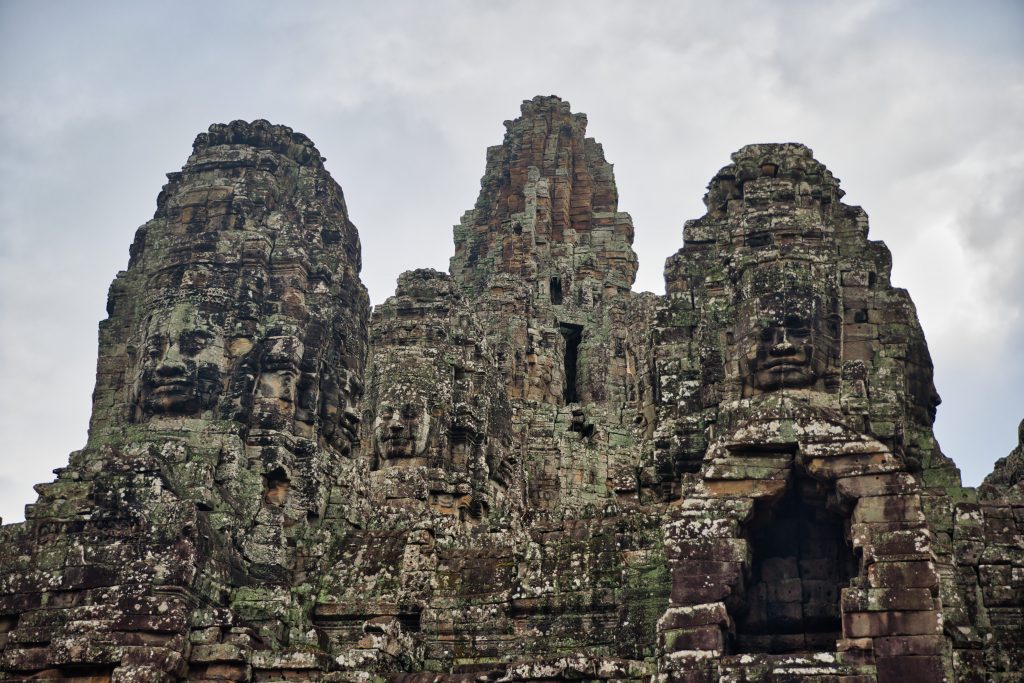
Each prasat has four large buddha like faces (or supposedly the face of the king himself) carved in each direction. Each face is about two meters high. You can only walk the bottom two layers of the structure but those alone are a maze in itself. Many little paths through small chambers and corridors lead to small prayer and altar chambers.
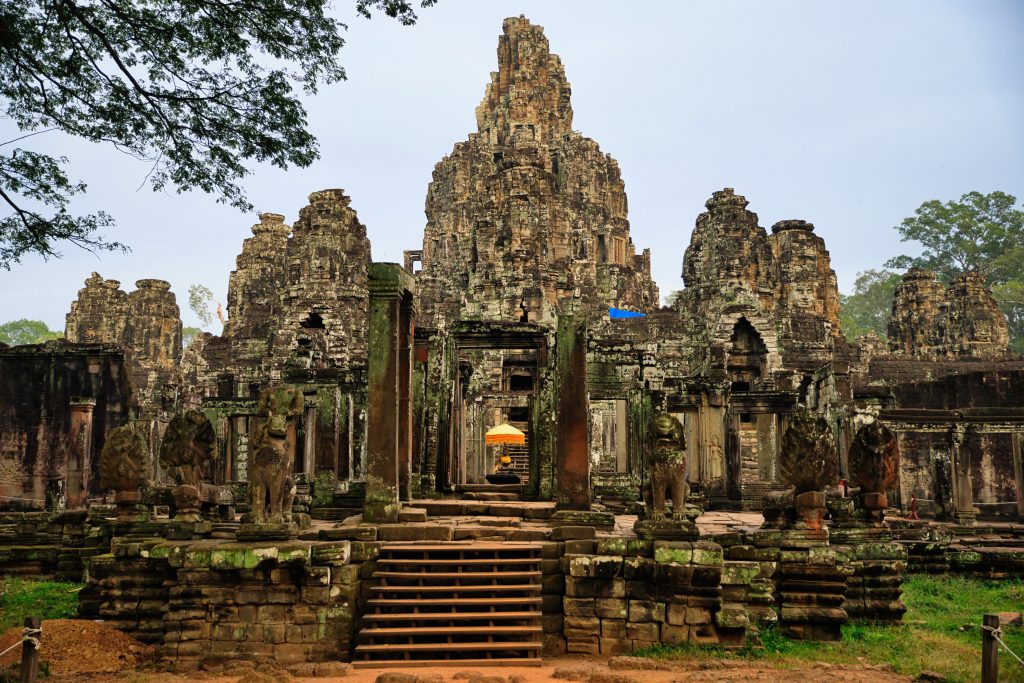
Some lead nowhere, others lead up or down. A true maze in massive proportions. Chris did not like this one as it looked to massive and messy for him … Esther was fascinated – except for the monkeys of course.
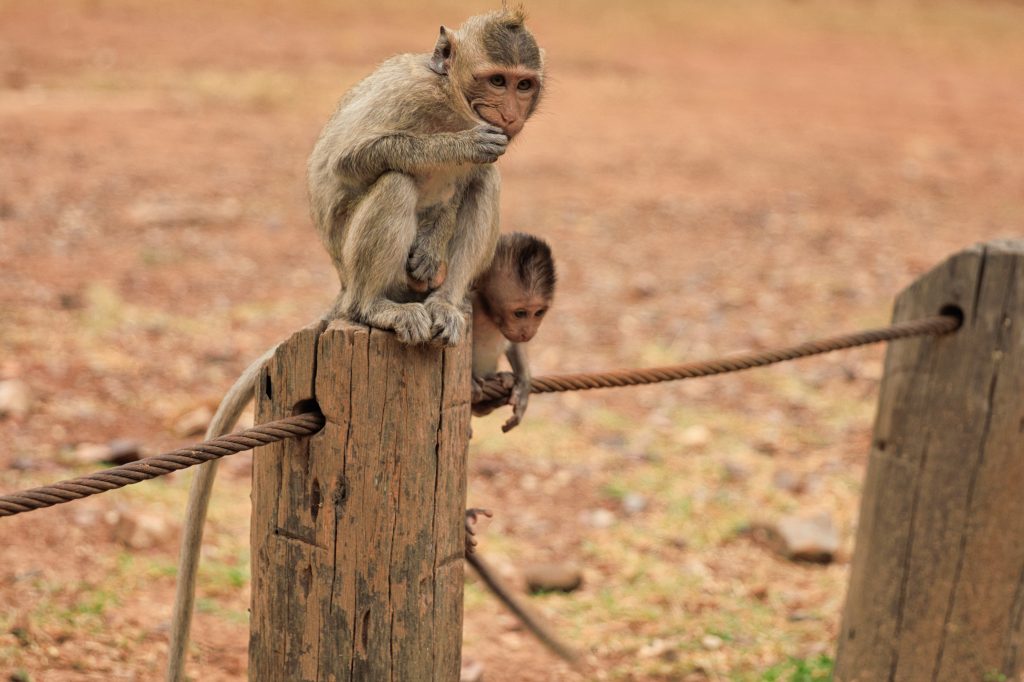
Calling it a day after seeing plenty of temples, we decided to make a half day trip tomorrow to a floating village on Tonle Sap Lake instead and stop by a few outlier temples conveniently on the way (Chris was templed out but Esther was not, so this seemed a good compromise).
After having walked 15 kilometers that day, we treated ourselves to a nice Khmer foot and back massage, given by two young women with six kids between them but no more husbands who told us the struggles they have when tourism is so low. They sounded genuine and it must really be hard getting by here with so little. Situations like those always remind us how lucky we are and grateful we should be each day for what we have.
We had another nice dinner here in Cambodia, Khmer curry and Loc Lak (Alaska and Finn might remember the Elephant Walk Restaurant in Boston…) Beef with a delicious sauce and rice – and as Esther now learned – with an egg sunny side up on top in the original version.
